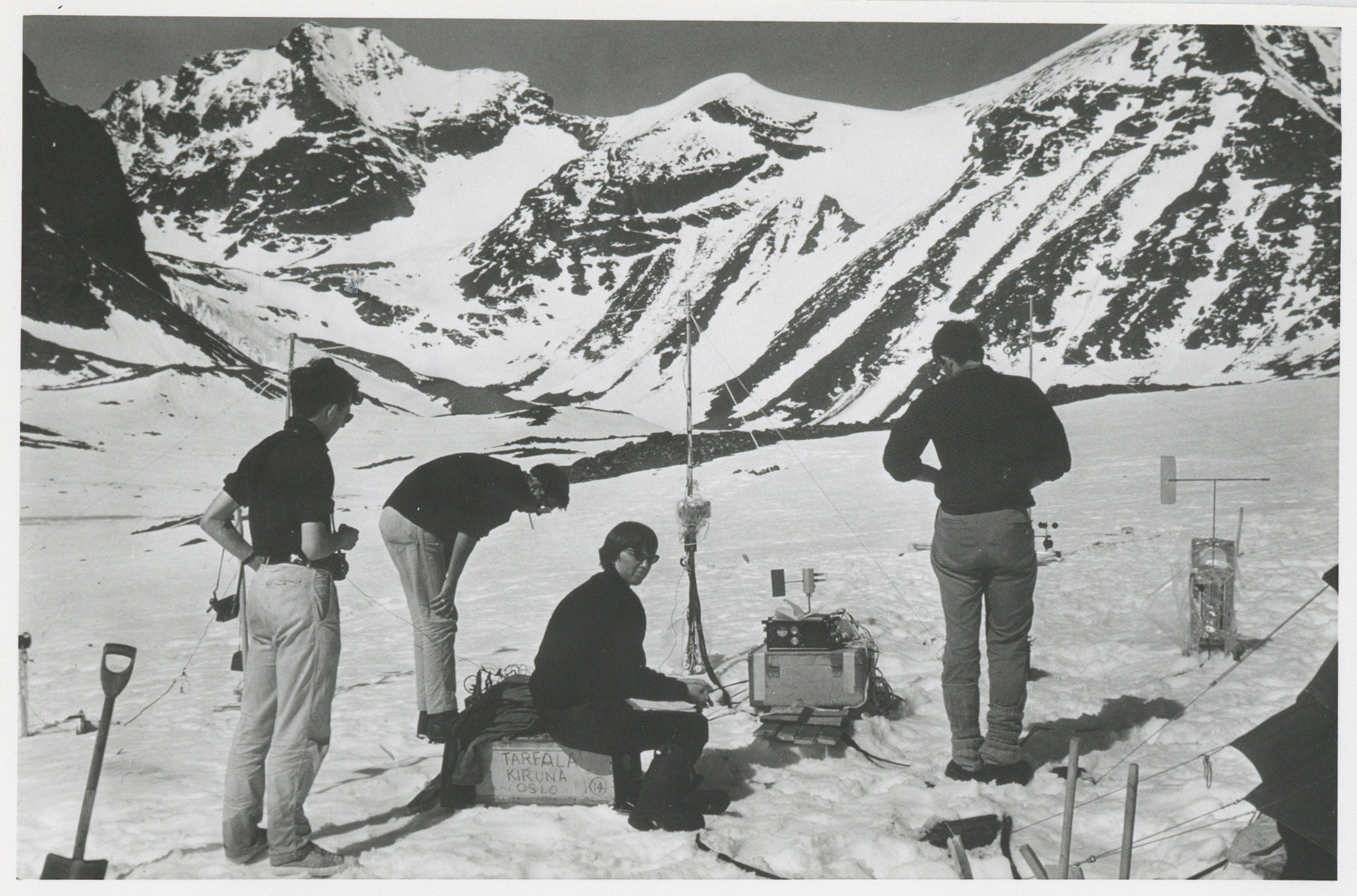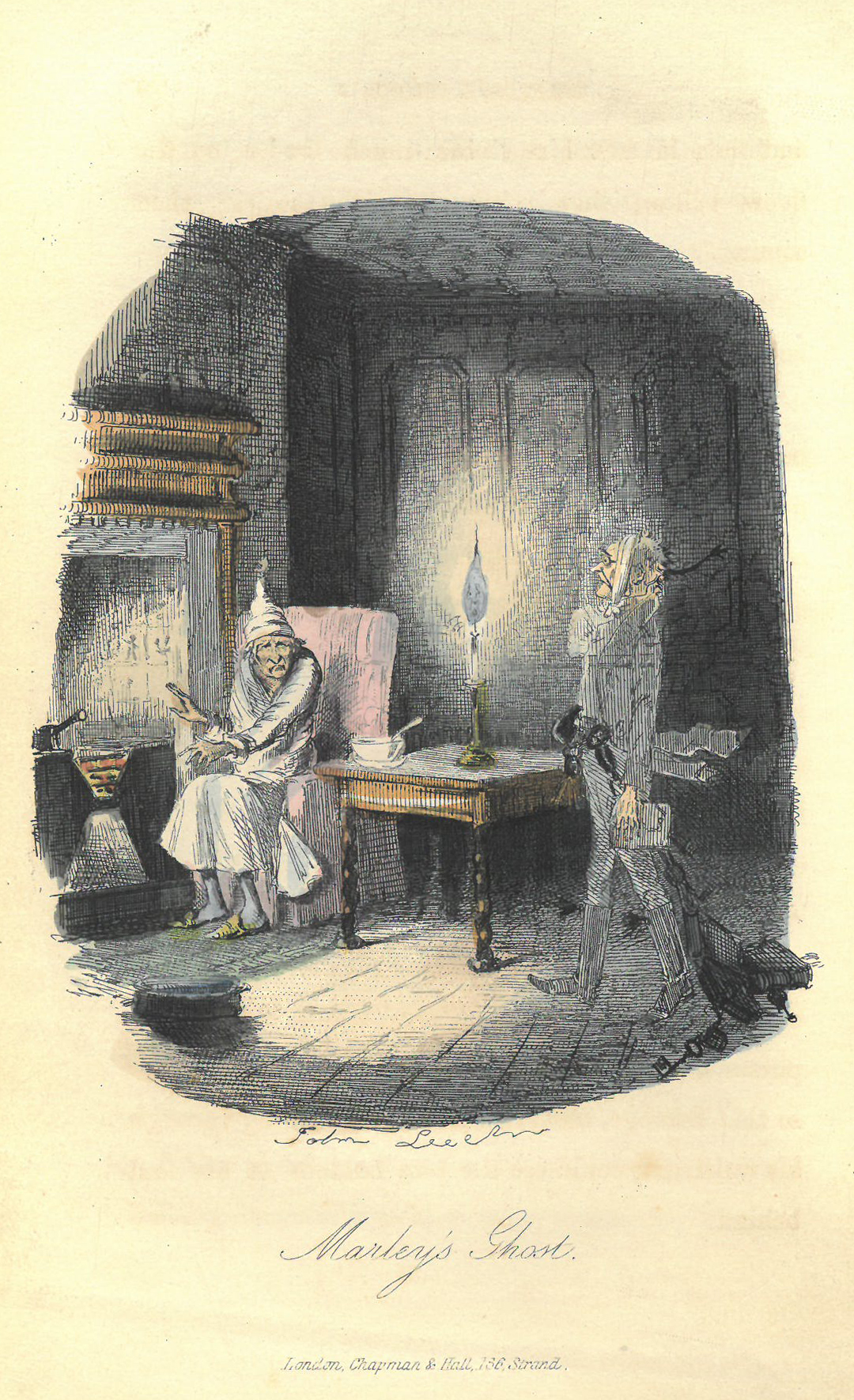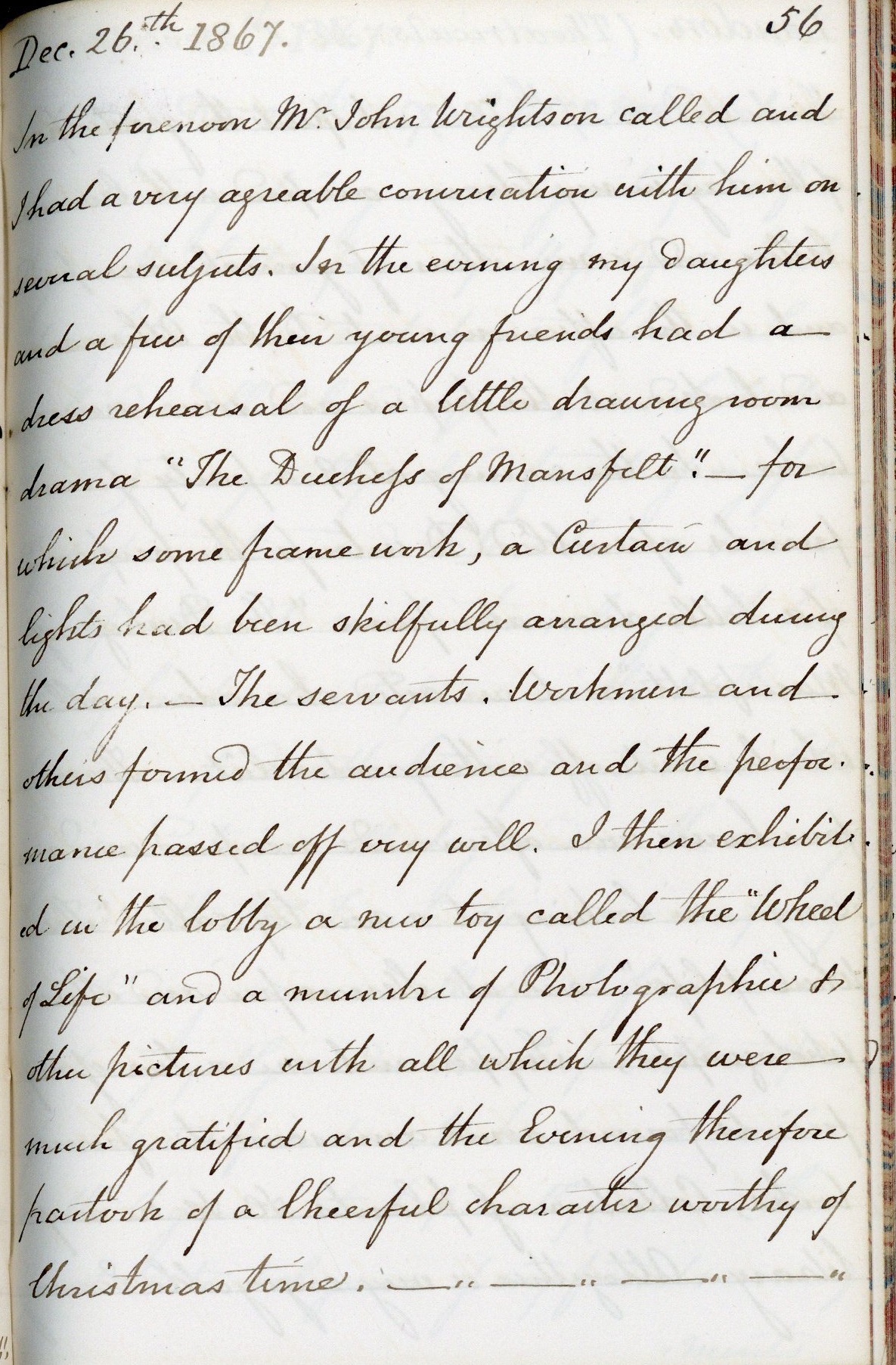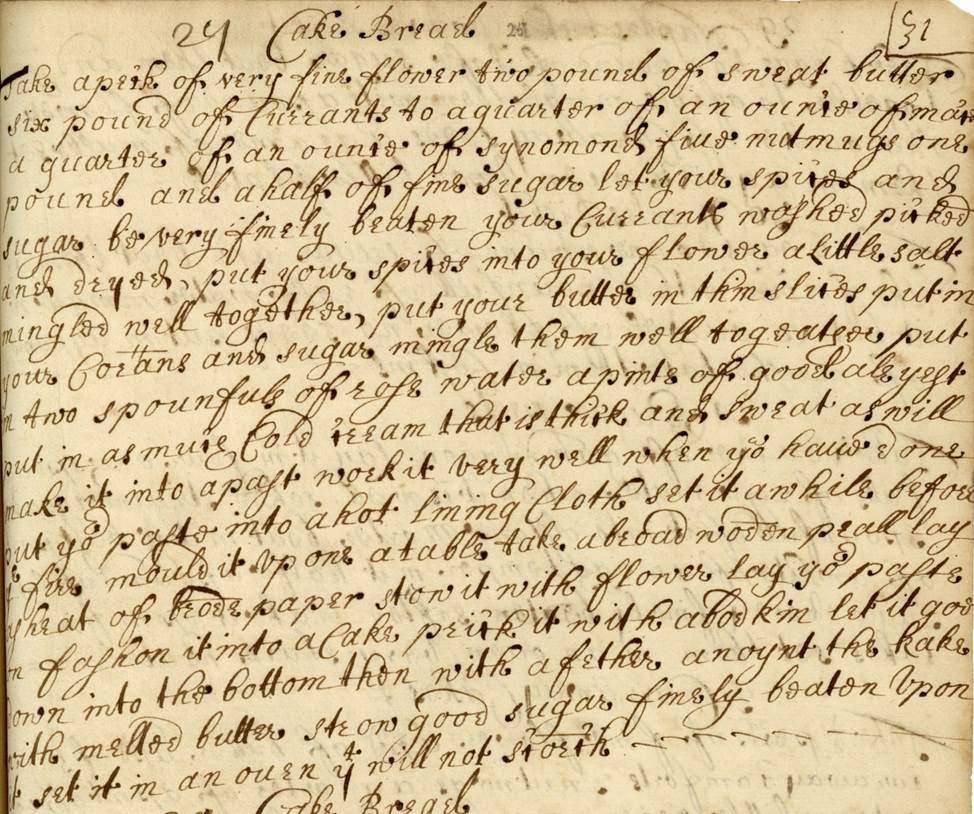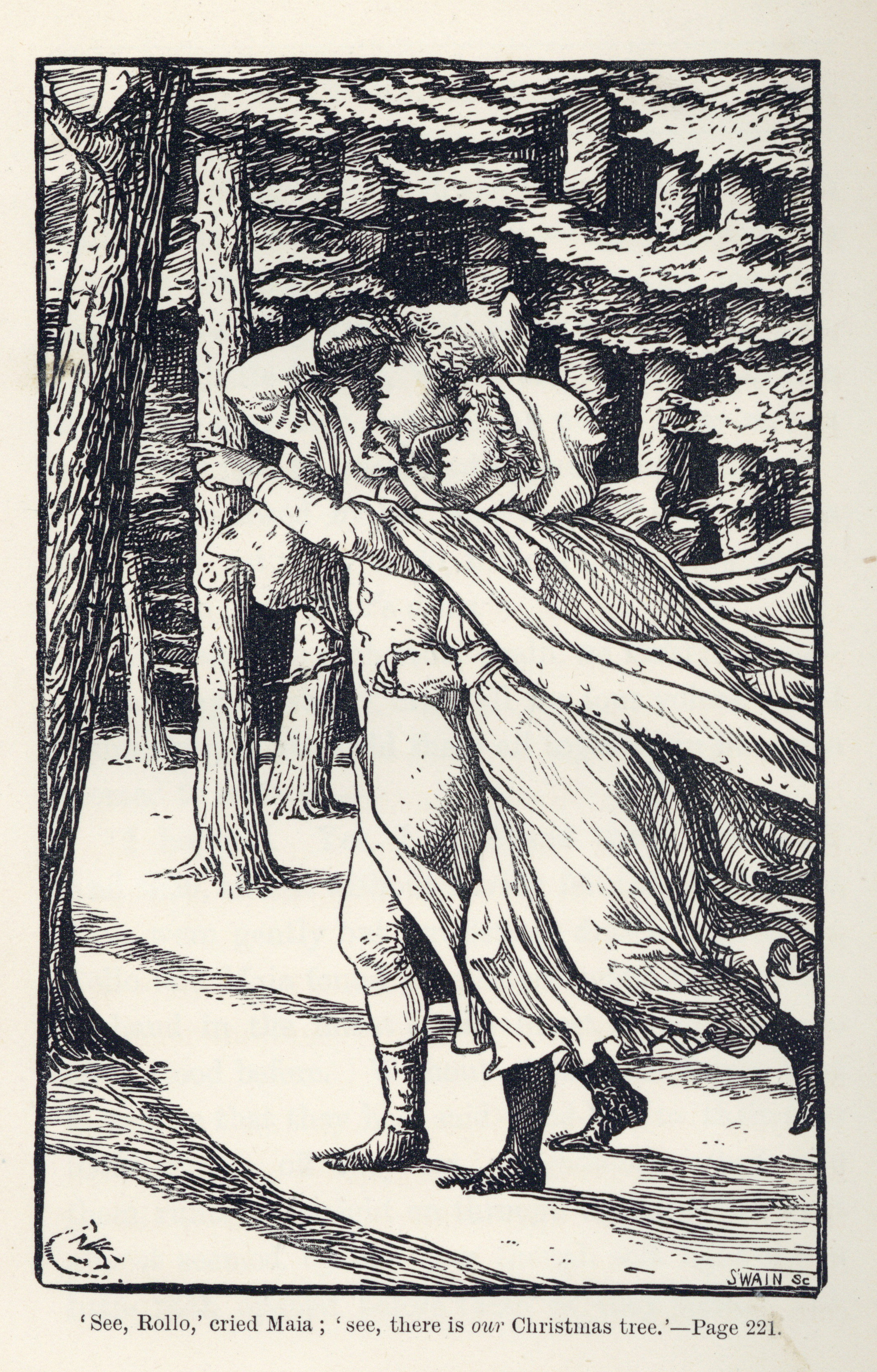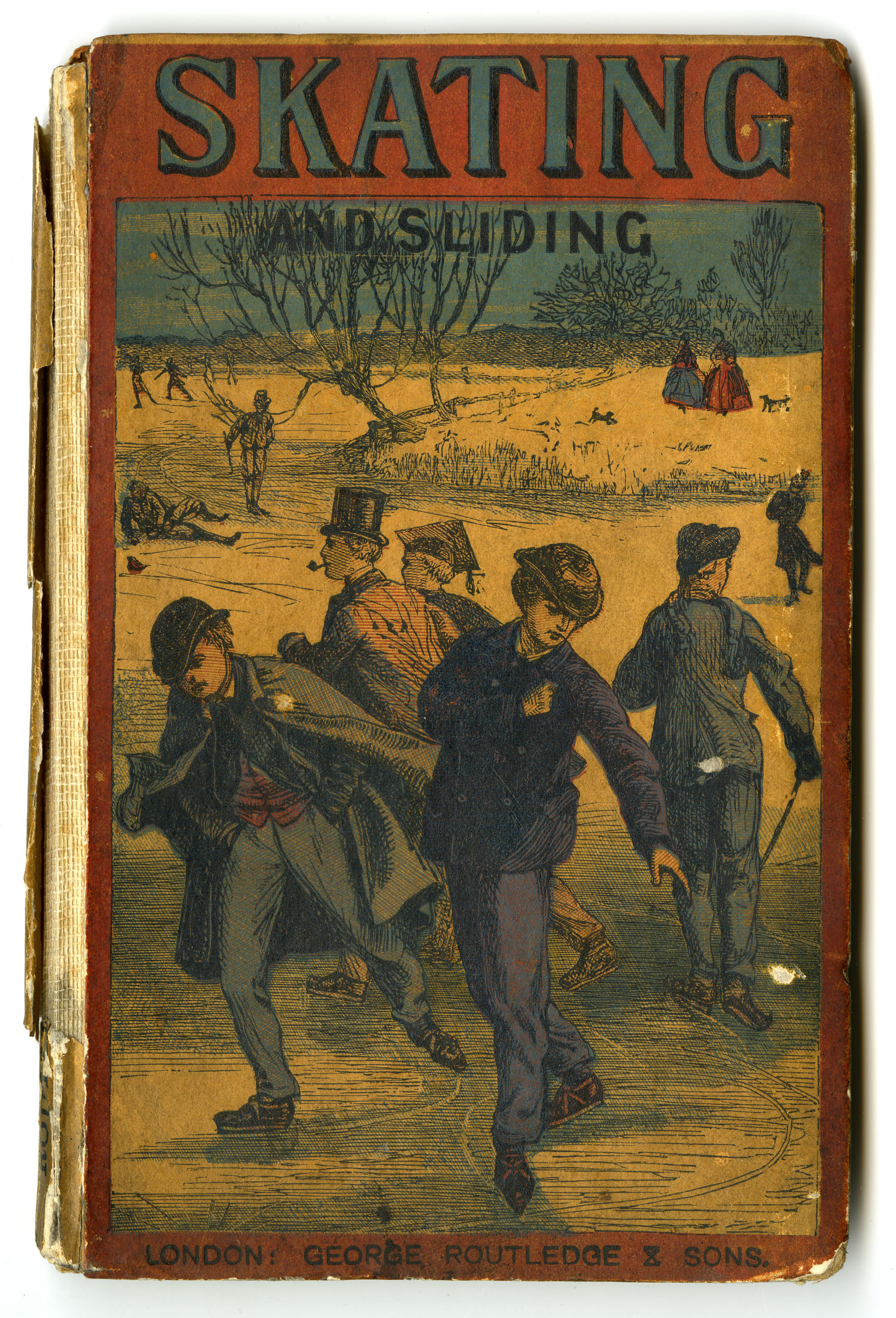#ChristmasCountdown
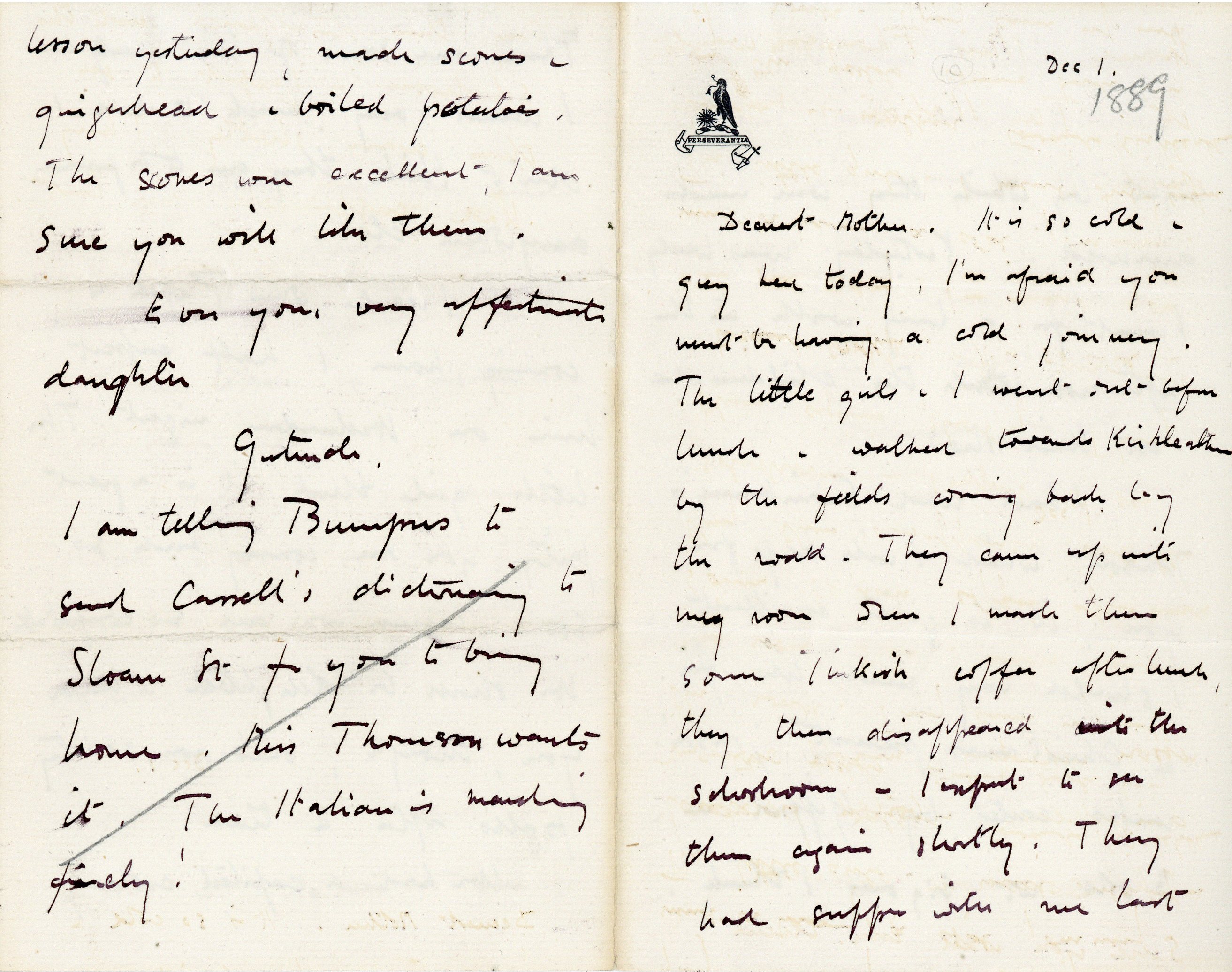
Letter dated 24th December 1889, from Gertrude Bell to her mother, Dame Florence Bell
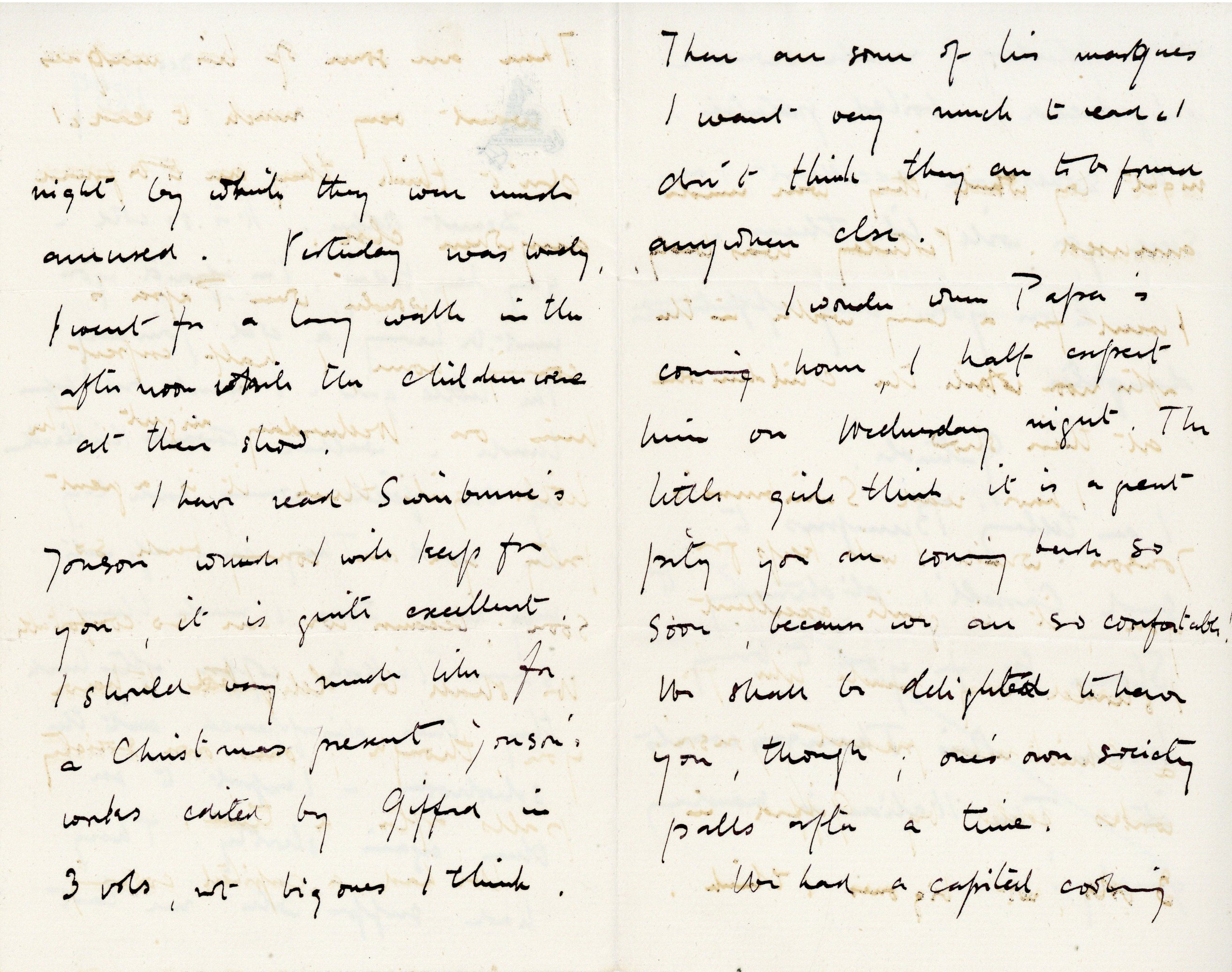
Letter dated 24th December 1889, from Gertrude Bell to her mother, Dame Florence Bell
Letter dated 24th December 1889, from Gertrude Bell to her mother, Dame Florence Bell.
[1 December 1889] “Dec 1. Dearest Mother. It is so cold and grey here today, I’m afraid you must be having a cold journey. The little girls and I went out before lunch and walked towards Kirkleatham by the fields coming back by the road. They came up into my room where I made them some Turkish coffee after lunch, they then disappeared into the schoolroom – I expect to see them again shortly. They had supper with me last night, by which they were much amused. Yesterday was lovely, I went for a long walk in the afternoon while the children were at their show.
I have read Swinburne’s Jonson which I will keep for you, it is quite excellent. I should very much like for a Christmas present Jonson’s works edited by Gifford in 3 vols, not big ones I think. There are some of his masques I want very much to read and I don’t think they are to be found anywhere else.
I wonder when Papa is coming home, I half expect him on Wednesday night. The little girls think it is a great pity you are coming back so soon, because we are so comfortable! We shall be delighted to have you, though; one’s own society palls after a time.
We had a capital cooking lesson yesterday, made scones and gingerbread and boiled potatoes. The scones were excellent, I am sure you will like them. Ever your very affectionate daughter Gertrude.
I am telling Bumpus to send Cassell’s dictionary to Sloane St for you to bring home. Miss Thomson wants it. The Italian is marching[?] finely!”
To view more of Gertrude Bell’s letters, diaries and photographs, take a look at the Gertrude Bell website.
This letter is part of the Gertrude Bell archive. Take a look at the Gertrude Bell Collection to find out more about the book collection that formed part of Gertrude Bell’s working library.
